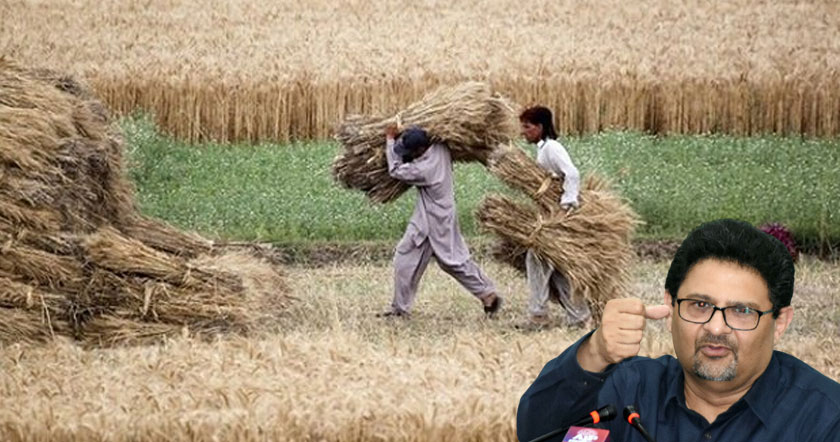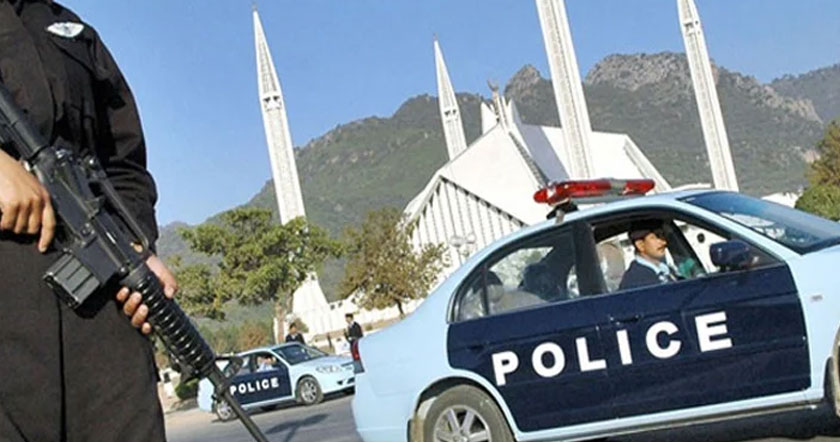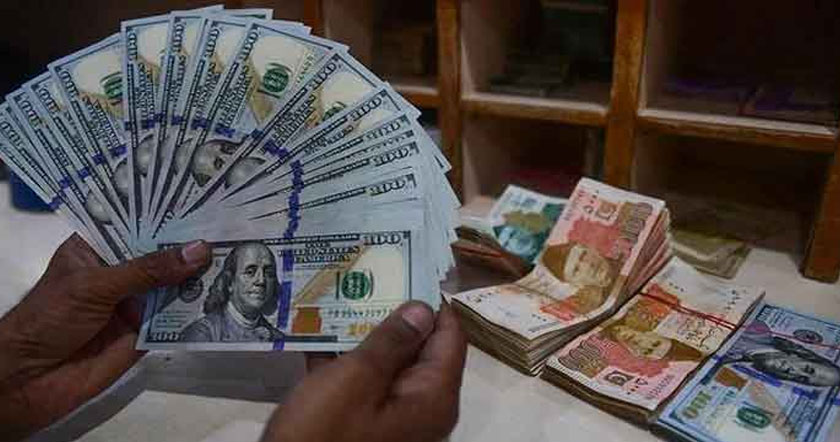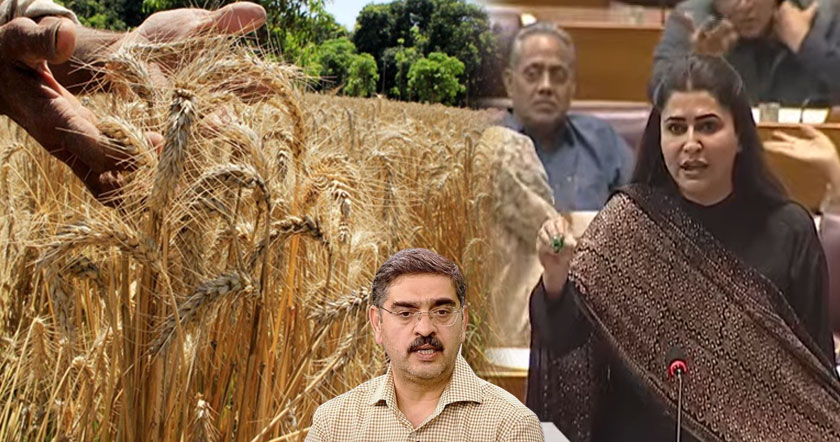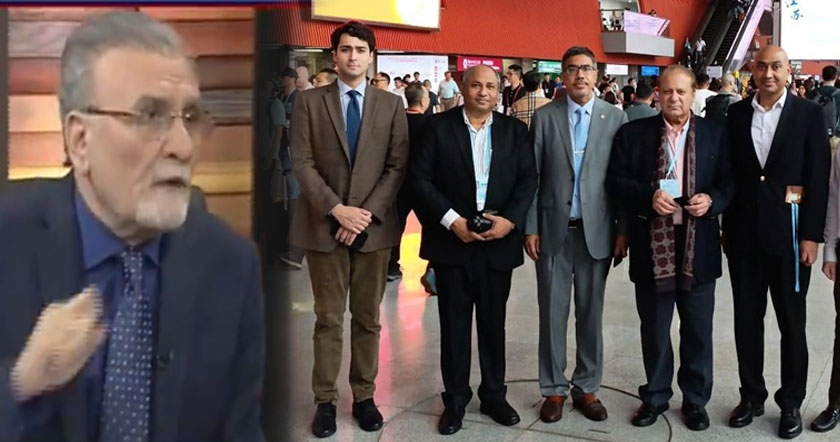Food and Agriculture Organization of the United Nations
FAO Food Price Index
Through this post I am not try produce fear or some unholy Evil warning.. but one has to look at these figures to grasp the situation. With a growing World population, things don't look that Gulabi...best part cost of fuel is not been projected. Now that's another twist not thrown into these calculation. Have a nice day.
Release date: 03/02/2011
The FAO Food Price Index is a measure of the monthly change in international prices of a basket of food commodities. It consists of the average of five commodity group price indices (representing 55 quotations), weighted with the average export shares of each of the groups for 2002-2004.
The FAO Food Price Index (FFPI) rose for the seventh consecutive month, averaging 231 points in January 2011, up 3.4 percent from December 2010 and the highest (in both real and nominal terms) since the index has been backtracked in 1990. Prices of all the commodity groups monitored registered strong gains in January compared to December, except for meat, which remained unchanged. Changes in the composition of the meat price index (read more) have resulted in adjustments to the historical values of the FFPI. One implication of this revision is that the December value of the FFPI, which previously was the highest on record, is now the highest since July 2008.
The FAO Cereal Price Index averaged 245 points in January, up 3 percent from December and the highest since July 2008, but still 11 percent below its peak in April 2008. The increase in January mostly reflected continuing increases in international prices of wheat and maize, amid tightening supplies, while rice prices fell slightly, as the timing coincides with the harvesting of main crops in major exporting countries.
The FAO Oils/Fats Price Index rose by 5.6 percent to 278 points, nearing the June 2008 record level, reflecting an increasingly tight supply and demand balance across the oilseeds complex.
The FAO Dairy Price Index averaged 221 points in January, up 6.2 percent from December, but still 17 percent below its peak in November 2007. A firm global demand for dairy products, against the backdrop of a (normal) seasonal decline of production in the southern hemisphere, continued to underpin dairy prices.
The FAO Sugar Price Index averaged 420 points in January, up 5.4 percent from December. International sugar prices remain high, driven by tight global supplies.
By contrast, the FAO Meat Price Index were steady at around 166 points, as falling prices in Europe, caused by a fall in consumer confidence following a feed contamination, was compensated by a slight increase in export prices from Brazil and the United States.
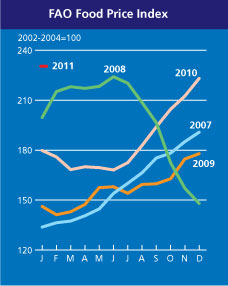

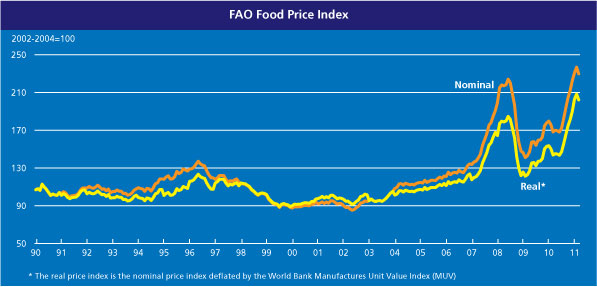

<><><><><><><><><><><><>
Best Website to compare cost of food, this proves that Cost of living in Pakistan and other places reflects the whole world trends. You cant blame the Government of Pakistan, for rising Cost of living... now that is not good news for some. its like pulling teeth out of an Opposition Leader. If any one think that the next Govt will lower cost of living.. forget.. that's the worst lie any politician can say...
Now if you wish to compare food price with respect to Country / City/ Date/
>>>>> go to <<<<<<
http://www.fao.org/giews/pricetool/#
FAO Food Price Index
Through this post I am not try produce fear or some unholy Evil warning.. but one has to look at these figures to grasp the situation. With a growing World population, things don't look that Gulabi...best part cost of fuel is not been projected. Now that's another twist not thrown into these calculation. Have a nice day.
Release date: 03/02/2011
The FAO Food Price Index is a measure of the monthly change in international prices of a basket of food commodities. It consists of the average of five commodity group price indices (representing 55 quotations), weighted with the average export shares of each of the groups for 2002-2004.
The FAO Food Price Index (FFPI) rose for the seventh consecutive month, averaging 231 points in January 2011, up 3.4 percent from December 2010 and the highest (in both real and nominal terms) since the index has been backtracked in 1990. Prices of all the commodity groups monitored registered strong gains in January compared to December, except for meat, which remained unchanged. Changes in the composition of the meat price index (read more) have resulted in adjustments to the historical values of the FFPI. One implication of this revision is that the December value of the FFPI, which previously was the highest on record, is now the highest since July 2008.
The FAO Cereal Price Index averaged 245 points in January, up 3 percent from December and the highest since July 2008, but still 11 percent below its peak in April 2008. The increase in January mostly reflected continuing increases in international prices of wheat and maize, amid tightening supplies, while rice prices fell slightly, as the timing coincides with the harvesting of main crops in major exporting countries.
The FAO Oils/Fats Price Index rose by 5.6 percent to 278 points, nearing the June 2008 record level, reflecting an increasingly tight supply and demand balance across the oilseeds complex.
The FAO Dairy Price Index averaged 221 points in January, up 6.2 percent from December, but still 17 percent below its peak in November 2007. A firm global demand for dairy products, against the backdrop of a (normal) seasonal decline of production in the southern hemisphere, continued to underpin dairy prices.
The FAO Sugar Price Index averaged 420 points in January, up 5.4 percent from December. International sugar prices remain high, driven by tight global supplies.
By contrast, the FAO Meat Price Index were steady at around 166 points, as falling prices in Europe, caused by a fall in consumer confidence following a feed contamination, was compensated by a slight increase in export prices from Brazil and the United States.




<><><><><><><><><><><><>
Best Website to compare cost of food, this proves that Cost of living in Pakistan and other places reflects the whole world trends. You cant blame the Government of Pakistan, for rising Cost of living... now that is not good news for some. its like pulling teeth out of an Opposition Leader. If any one think that the next Govt will lower cost of living.. forget.. that's the worst lie any politician can say...
Now if you wish to compare food price with respect to Country / City/ Date/
>>>>> go to <<<<<<
http://www.fao.org/giews/pricetool/#

















